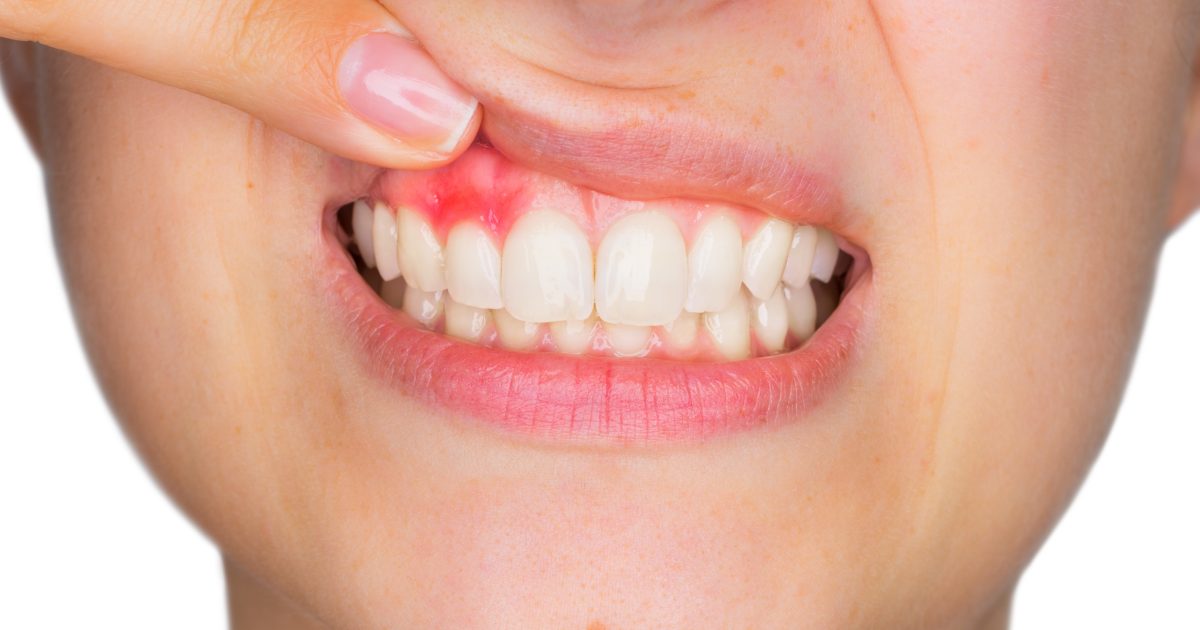Causes And Risk Factors Of Periodontitis
Periodontitis is a quite common condition wherein the gums and periodontal structures that lie deeper become inflamed. It is the body's reaction to particular bacteria that have been permitted to accumulate on the teeth. While this is part of the way the body defends itself, if left unchecked, this inflammatory response is capable of causing serious damage. Periodontitis can spread down, the inflammation going below the gums to follow along the roots and base of the teeth. This can destroy the supporting bone and the periodontal ligament; it can ultimately lead to looseness in and even loss of teeth. One of the most prevalent diseases amongst humans, this inflammation is triggered by periodontal bacteria. Learn about the major causes and risk factors of periodontitis.
Prolonged Presence Of Plaque

Scientists have sought for many years to determine the particular causes of periodontitis, and it is clear the prolonged presence of plaque on the teeth is a significant contributing factor. Dental plaque, which is also referred to as microbial plaque, dental biofilm, and tooth plaque, consists of a sticky, soft film building up on the teeth. It is, in fact, extremely sticky, a substance that is a pale yellow to colorless deposit that forms regularly on the teeth. The combination of saliva, fluids, and food is responsible for the production of bacteria deposits that collect at the place where gums and teeth meet. Plaque holds bacteria, which is responsible for producing acids known to attack the tooth enamel and damage the gums. When left untreated, the damage can grow permanent. A lack of regular flossing and brushing can lead to these bacteria causing periodontitis, tooth decay, and tartar buildup.
Learn more about what can cause periodontitis now.
Development Of Gingivitis

Gingivitis, an inflammation of the gums, generally precedes periodontitis. Not all gum inflammation is a precursor to periodontitis or gum disease, but periodontitis always involves gum inflammation. The development of gingivitis occurs when bacteria in plaque accumulate, creating inflammation in the gums and causing them to bleed easily during the brushing of the teeth. At this stage, the teeth are planted quite firmly within their sockets even though the gums are irritated. However, when left untreated, gingivitis or this inflammation may advance to periodontitis. In this condition, the inner layer of bone and gum separate and pull further from the teeth, creating pockets. In these small spaces between gums and teeth, debris collects and can grow infected. The body then fights the bacteria, the immune system striking out as the plaque is spreading and growing beneath the gum line. Poisons or toxins produced by the plaque's bacteria as well as the body's enzymes begin to break down connective tissue and bone holding the teeth in place.
Uncover more details on what can increase an individual's risk of developing periodontitis now.
Improper Oral Hygiene

If an individual practices improper oral hygiene, leading first to gingivitis or other issues with the gums and teeth, periodontitis can develop. For healthy teeth and gums, a thorough regimen should be consistently practiced. The beginning consists of brushing the teeth for two minutes, spending a full thirty seconds in each of the mouth's four quadrants. The brush should be held at a forty-five-degree angle with the brush pointed toward the gums. All surfaces of the teeth should be brushed twice daily and flossed once daily. All of the spaces need to be flossed, including those between the teeth at the mouth's back as well as those that are easier to reach at the front and the sides close to it. A good rinse with mouthwash should follow, along with a tongue cleaning, using a bit of toothpaste and brushing in circular motions.
Get familiar with more risk factors and causes of periodontitis now.
Nutrition Deficiencies

Bleeding or inflamed gums are often presumed to be a simple case of poor habits with brushing teeth or lack of flossing. But bleeding gums can be among the first noticeable signs of progressing gum disease, including periodontitis, which can also be caused by nutrition deficiencies. Many individuals may be surprised to find bleeding gums are very closely related to the levels of vitamin D in the body. Proper nutrition and diet, particularly vitamin D, are essential in maintaining a healthy gut microbiome balance. In turn, this contributes to a healthy immune system and proper bone homeostasis, which is the process wherein new bone tissue is replacing old bone. Ultimately, vitamin D has a crucial part in all parts of this and, in turn, in preventing gingivitis and periodontitis.
Get more details on what increases an individual's risk of developing periodontitis now.
Rheumatoid Arthritis

Vitamin D and periodontitis may be one surprising link; the one with rheumatoid arthritis is another. Losing teeth, which is a key marker for this condition, might predict the occurrence of rheumatoid arthritis and its severity. Studies indicate the more teeth individuals lose, the greater their risk of rheumatoid arthritis. In another study, individuals with periodontitis ranging from moderate to severe had a greater chance of rheumatoid arthritis; twice the risk, in fact. This was opposed to those who had mild or no gum disease at all. Research suggests the connection between gum diseases and rheumatoid arthritis is more complicated than previous assumptions that involved Sjögren’s syndrome with rheumatoid arthritis diminishing saliva production, leaving it open and vulnerable to diseases.